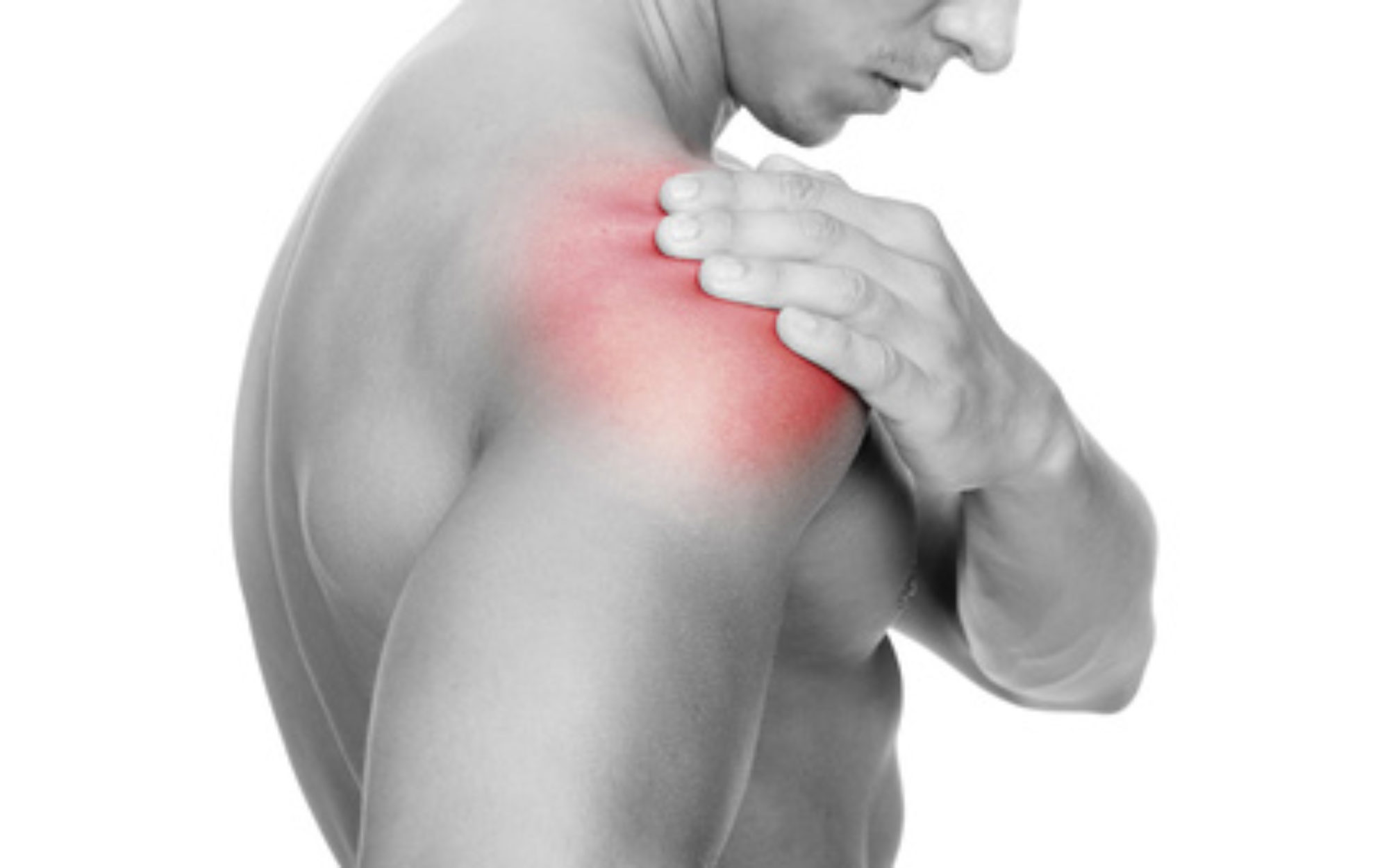
Weeks 0-6
Goal: Protection of surgical repair.
Precautions:
- Non-weightbearing with crutches for 6 weeks with foot flat. Hip flexing brace in Chronic repair situations.
- No active hamstring contraction.
- No hip flexion with knee extended.
- No active knee flexion against gravity.
- Knee extension limited pending intra-operative tension on the repair.
Durable Medial Equipment
- Chronic cases only: Hip abduction brace with hamstring strap for 6 weeks to be worn all the time including when you go to sleep.
- Game Ready cold therapy or Ice pack on surgical site for 6 times per day for 20 minutes persession.
- Crutches – touch weightbearing for 6 weeks.
Exercises:
- Pelvis tilts (5 sec holds x 20/day).
- Isometrics hip abduction/adduction/external rotation (5 sec holds x 10/day).
- Quadriceps sets (4 x 20 reps/day).
- 5 ankle pumps(20-30 reps/hour).
- Begin passive range of motion of the knee and hip at week 2. Do not exceed 45 degrees of hip flexion. Do not allow knee extension beyond therestrictions stated above and limited by the brace.
- Begin gentle active range of motion of the knee and hip at week 4. Do not exceed 45 degrees of hip flexion. Do not allow knee extension beyond the restrictions stated above and limited by the brace. No active knee flexion against gravity.
Other:
- Light desensitization massage to the incision and posterior hip.
- Scar massage.
Weeks 6-9
Goals:
- Restoration of normal gait.
- Weightbearing progression to full weightbearing as tolerated.
- Return of pain-free functional ADL.
Precautions:
- No hamstring strengthening exercises.
- No hamstring stretching exercises.
Exercises:
- Continue weeks 0-6 exercises.
- May begin active knee flexion against gravity (concentric).
- Weight shifts.
- Straight leg raises
- Gentle quadruped rocking.
- Gentle stool stretches for hip flexion and adduction.
- Gluteus medius strengthening is progressed to isotonics in a side-lyingposition (clam shells).
Months 3-4
Goals:
- Return to unrestricted activities of daily living (ADL) at home and work.
- Hamstring strengthening.
Exercises:
- Continue weeks 6-9 exercises.
- Begin hamstring flexibility exercises.
- Begin hamstring strengthening exercises
- Begin with hamstring curls strengthening exercises with the patient standing with the hip joint held in neutral position and the lower leg moving against gravity in pain-free arcs.
- Resistance is increased a pound at a time as tolerated with emphasis on high repetitions (50 reps) and high frequency (4-5 times/day)
• When the patient is able to move through a full and pain-free knee flexion arc with 8-10 pounds of high reps, patients can transition from standing to machine hamstring curls.
4. Begin total leg and hip strengthening exercises:
• Quarter squats: Begin bilaterally and progress to unilateral status.
• Heel raises: Begin bilaterally and progress to unilateral status.
• Gluteus maximus strength exercises progress from prone (heel pushes with the knee flexed at 90 degrees to hip extension with the knee flexed at 90 degrees to hip extension with an extended knee) to supine (bilateral unilateral bridging).
• Gluteus medius strengthening is further progressed to the upright position (hip hiking and multi-hip machine).
• Patients can begin unilateral knee extension and leg press activities with light resistance and increase resistance as the surgical hip tolerates.
5. Balance and proprioception (balance board).
Months 5-9
Goal: Completion of a functional program for the patient’s return to sport activity.
Exercises:
- Continue week 12 exercises.
- Perform advanced proprioceptive training.
- Closed kinetic chain hamstring exercises, such as advanced step downs,double- to single-leg Swiss ball hamstring curls, resisted incline hip extensions, Roman dead- lifts, and half-to-full squat progression with progressive resistance, can gradually be introduced.
- Low-level plyometrics, such as jump rope, step lunges in multiple directions with progression to walking lunges, can be introduced.
- Patient may begin a light jogging progression.
- Return to sporting activities us typically allowed at 6-9 monthspostoperatively.
Progression Criteria to Return to Sport:
- No pain with normal daily activities.
- Hip and knee range of motion within functional limits.
- Community mobility without pain.
- Hamstring strength is 75 percent of the contralateral side (concentric and eccentric).

